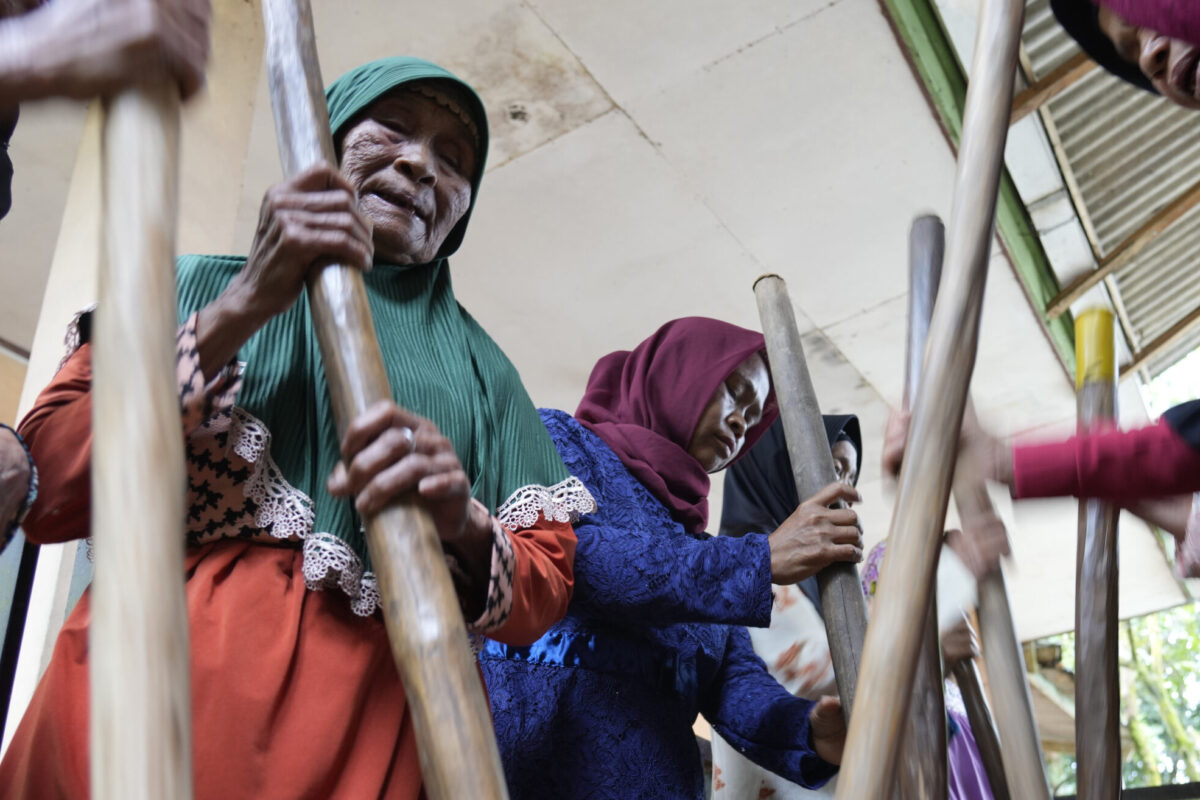Empowering Communities: How the Dedicated Grant Mechanism is Revolutionising Climate Finance in South Africa and Beyond

For over a decade, a remarkable funding model has been quietly achieving what many large-scale climate finance initiatives have struggled with: directly channeling resources to Indigenous peoples and local communities. This model, known as the Dedicated Grant Mechanism (DGM), represents a significant shift in how climate action is approached, particularly in regions like South Africa where local knowledge and community-led initiatives are crucial for sustainable development.
What is the DGM?
The DGM was established by the Climate Investment Fund (CIF) in 2010, initially to support Indigenous peoples' and local communities' active participation in forest conservation projects. However, its scope has broadened significantly over the years, now encompassing a wider range of nature-based solutions and climate resilience projects. The core principle of the DGM is simple yet powerful: give communities the power to decide how to best protect their environment and build resilience to climate change. Instead of top-down approaches, the DGM provides direct funding and technical support, enabling communities to design, implement, and monitor their own projects.
Why is this approach so important?
Traditional climate finance often gets bogged down in bureaucratic processes and complex eligibility requirements, leaving local communities – the very people most affected by climate change and possessing invaluable traditional knowledge – sidelined. The DGM bypasses these obstacles, ensuring that funds reach those who need them most. This direct approach fosters a sense of ownership and accountability, leading to more effective and sustainable outcomes.
Success Stories and Impact in South Africa and Beyond
Across Africa, Asia, and Latin America, the DGM has facilitated a diverse range of projects. In South Africa, communities are using DGM funding to restore degraded land, promote sustainable agriculture, and protect vital water sources. These initiatives not only mitigate climate change but also create economic opportunities and improve livelihoods within the communities.
Examples include:
- Community-managed reforestation projects: Planting indigenous trees to restore degraded landscapes and sequester carbon.
- Sustainable agriculture initiatives: Promoting climate-resilient farming techniques and supporting local food security.
- Water resource management: Implementing traditional water harvesting methods and protecting watersheds.
- Ecotourism ventures: Developing sustainable tourism opportunities that benefit local communities while protecting natural resources.
The Future of Climate Finance
The Dedicated Grant Mechanism offers a compelling model for the future of climate finance. By prioritizing community ownership, local knowledge, and direct funding, the DGM demonstrates that climate action can be both effective and equitable. As the global community strives to meet its climate targets, the principles of the DGM – empowerment, participation, and sustainability – should be at the heart of all climate finance initiatives. Scaling up this model and replicating its success in other regions is crucial for achieving a just and sustainable future for all.
Learn more about the Climate Investment Fund (CIF) and the Dedicated Grant Mechanism (DGM) at [Insert Link to CIF Website Here].






